SUMMARY
This is AI generated summarization, which may have errors. For context, always refer to the full article.
![[Executive Edge] A Bohemian haven in Poblacion, Makati](https://www.rappler.com/tachyon/r3-assets/40FCA28D622C42339754D810BA7E3003/img/8AC610C04C31496389BB0D953C640E25/executive-edge-lokal-hostel-6.jpg)
This idea eventually became Lokal Hostel in Poblacion, Makati City, which was not only one of the first in the area, but also one of the most community-centric.
Bautista bet on the belief that foreign tourists would choose his hostel over competitors, and the future of the neighborhood itself. Up to that point, Poblacion was primarily known for sex tourism – the kind of attraction that the Department of Tourism did not want the country to be known for.
Was it possible to revitalize an entire barangay toward a more positive cultural identity? Bautista adamantly believed so.
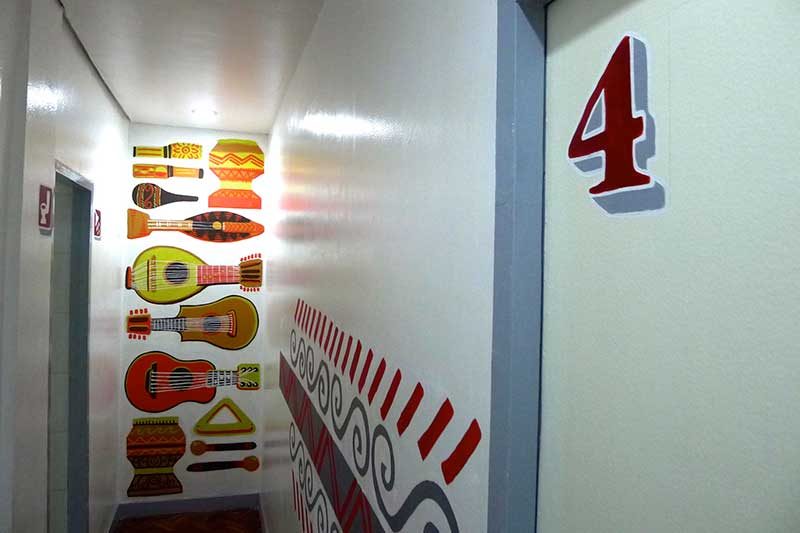
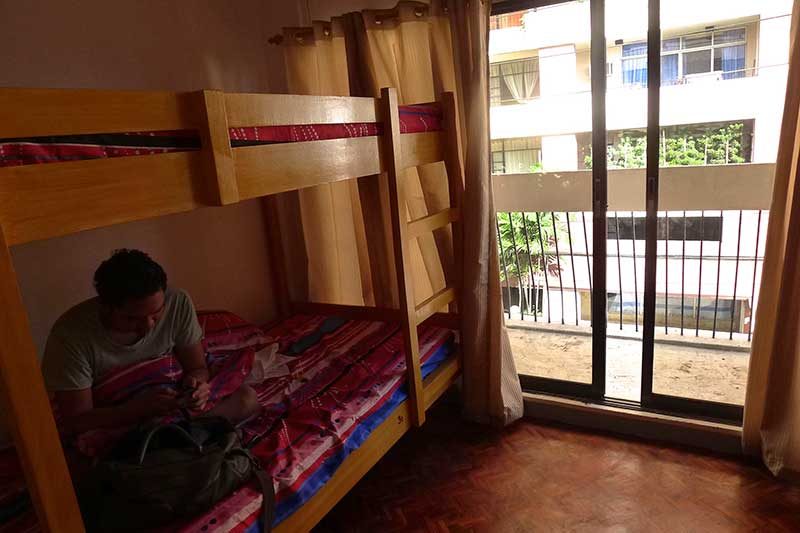
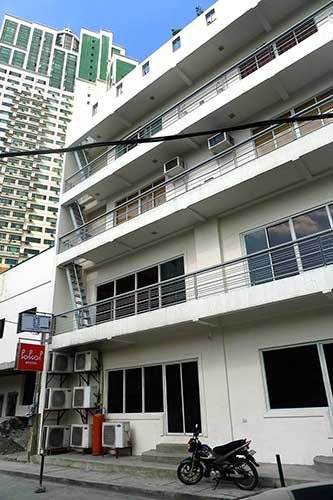
Gentrifying Poblacion
As part of this mission, Bautista decided he wanted to use the interiors of Lokal Hostel to showcase a part of Filipino culture that tourists rarely get first-hand exposure to: street art.
Bautista said he chose to turn Lokal Hostel into a venue for street artists to showcase their talent and skills to these travelers and backpackers.Bautista takes this role seriously because he likens the job of hostel proprietor to that of a country ambassador. Since the vacationer is looking for an unforgettable experience, Bautista must make sure that tourists get to interact with locals at the hostel. The street art, then, gives them a kind of jumping off point for conversation.
All of the pieces that street artists do in Lokal Hostel are commissioned by Bautista. He believes that street art is one way to gentrify a community, as it gives it a sense of identity. People will come into an area to view the art and also act as more responsible citizens in its presence.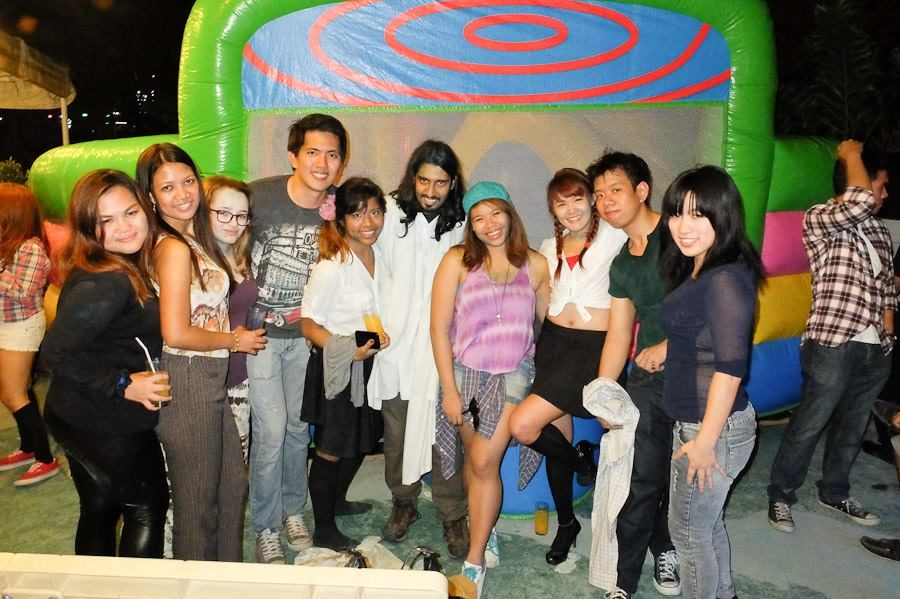
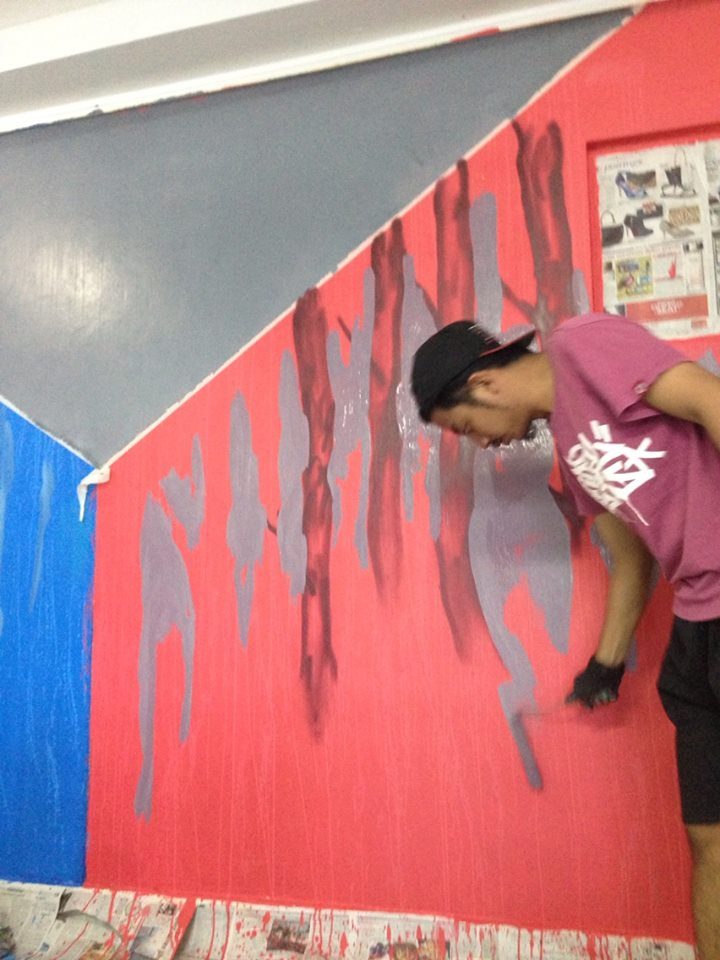
Appealing venue
Is it really possible to gentrify Poblacion? The possibility may seem far-fetched because of its reputation as a red-light district – until you look at international analogues. Bautista compared the character of Poblacion to that of Williamsburg in Brooklyn, New York, and Kings Cross in New South Wales.
“It used to be dominated by nightclubs and brothels, but in time it turned out to be a rather appealing venue for hole-in-the-wall ideas – namely cafés, hostels, restaurants, pubs, bars, and other non-traditional establishments,” Bautista said.
The influx of new businesses in these areas eventually gave rise to tours of the whole community, such as pub crawls and food crawls.
Thus, Bautista said it is the neighborhood’s responsibility to maintain its standards of appeal as well as sense of identity, adding that it will be in their economic interest to do so.
Bautista pointed to two examples closer to home – Rockwell Center and Century City – of what can happen when a community works to gentrify itself.Ultimately, Bautista wants Poblacion to be known as an “art district of Manila.” But peace and order, as the biggest obstacle in the way of the community’s continued development, must be addressed by all stakeholders. Police need to have a visible presence, and the Poblacion residents and businesses need to work with the local government toward a common goal.
“Getting people involved will help stimulate the plan rather than doing it on your own,” Bautista said. – Rappler.com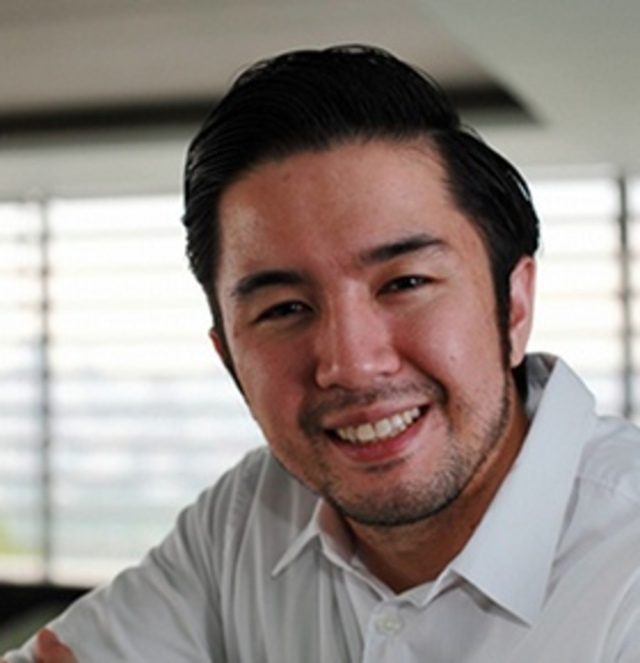 Rappler Business columnist Ezra Ferraz brings you Philippine business leaders, their insights, and their secrets via Executive Edge. Connect with him on Twitter: @EzraFerraz
Rappler Business columnist Ezra Ferraz brings you Philippine business leaders, their insights, and their secrets via Executive Edge. Connect with him on Twitter: @EzraFerrazAdd a comment
How does this make you feel?
There are no comments yet. Add your comment to start the conversation.